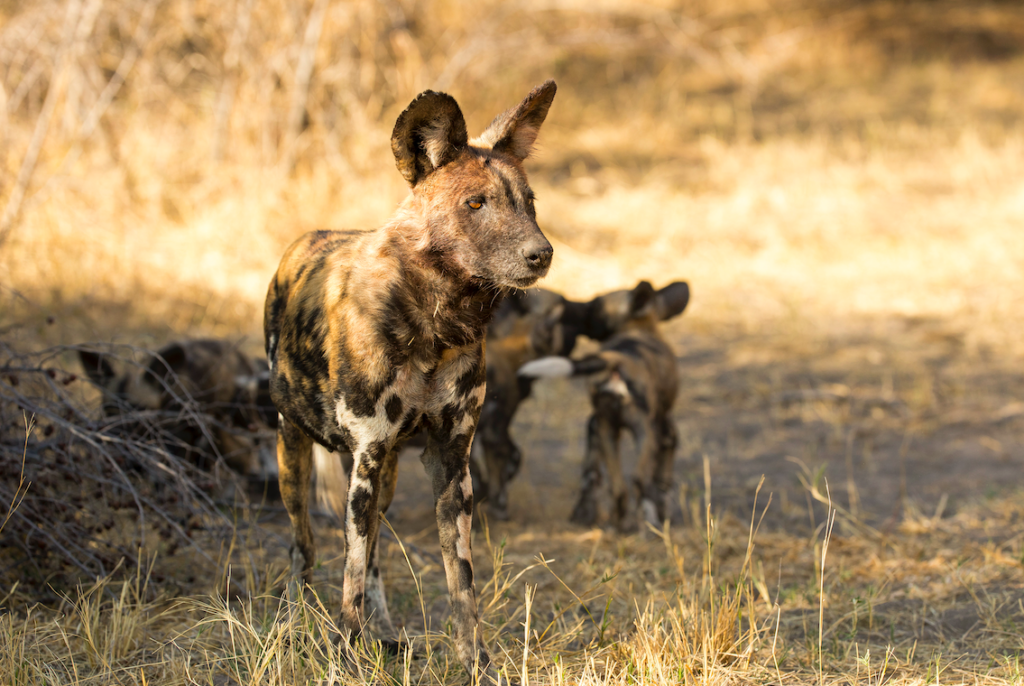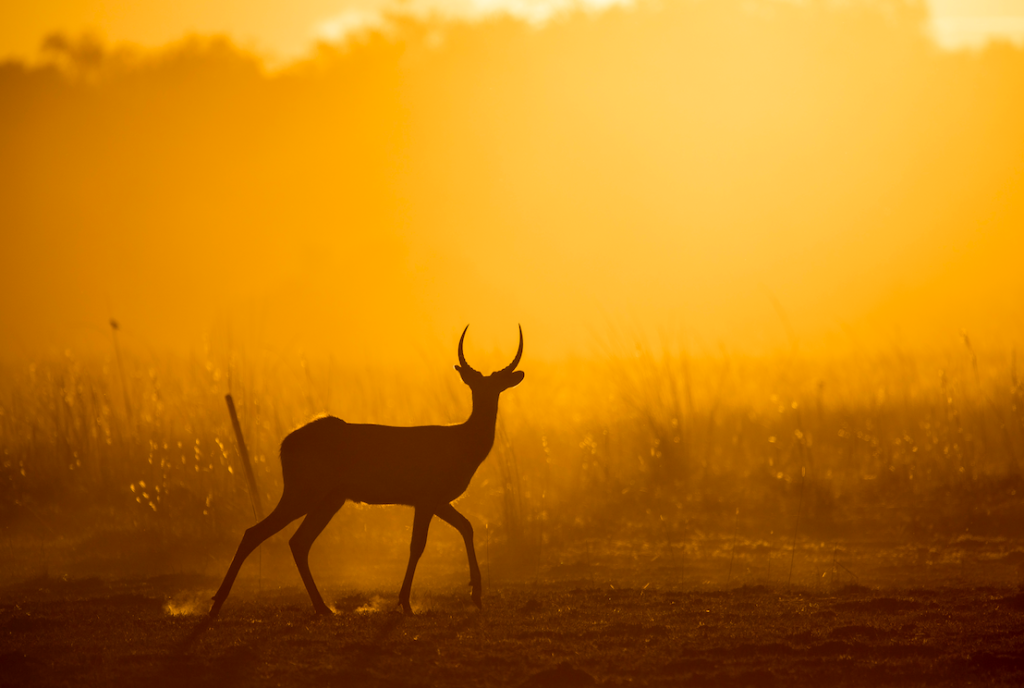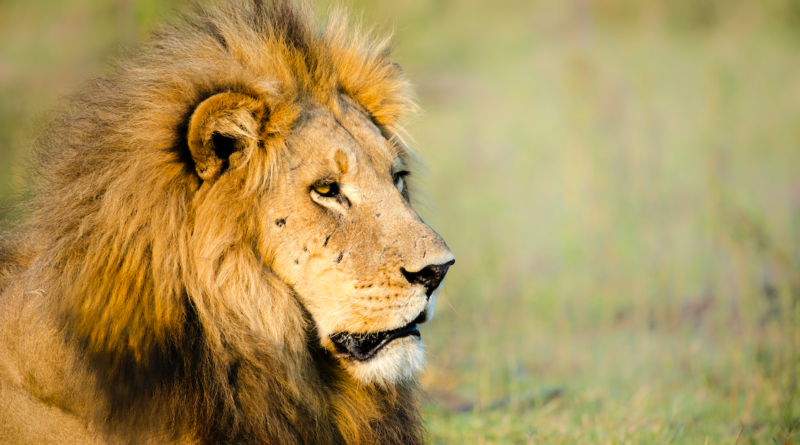INTERVIEW: Heading into the Okavango to film the ‘Savage Kingdom’
Photo: This lion, the largest and most dominant northern brother, is one character featured on Savage Kingdom. Photo courtesy of NHFU/Liz Johnston / Provided by Nat Geo with permission.
For Alex Cooke, Botswana’s Okavango Delta is like a second home. He has spent several years journeying through this inland paradise, documenting the movements and behaviors of elephants, lions and leopards, and his efforts have paid off with stunning cinematography that is regularly featured on National Geographic.
Cooke’s work can be seen on the new season of Savage Kingdom, narrated by Game of Thrones’ Charles Dance, which finishes its acclaimed run with back-to-back episodes Friday, Aug. 28 at 9 p.m.
“This is the fourth season of Savage Kingdom, so the idea behind it is to basically show the raw nature of these animals,” Cooke said in a recent phone interview. “We had done season three in the same area, so we knew some of the characters. But going into it we really try and look for which characters are going to be the most interesting and tell the best story, and so from there, it sort of writes itself. We can’t predict what’s going to happen. The only thing we can focus on is who we choose to film and who we choose to follow, and that changes, especially in this season with the extreme drought.”
Because of those dry conditions, when waterways turned into beds of dirt caked with dust and cracked earth, the animals’ movements changed drastically. The few puddles left in the delta were regular feeding grounds, and this meant Cooke’s cast of characters were competing with other carnivores.
“We had new characters come into the area, and then we had to pick them up because they were interacting with the characters we already had started following,” he said. “The story writes itself, but we really try to focus on specific characters that have a high chance of interacting with each other. And they’re going to tell the most interesting, best story.”
The filming for season four took place right in the heart of the Okavango Delta, in the northern part of Botswana. The area that provided the most action was Chief’s Island, the largest island in the delta system. This island is actually part of the world-famous Moremi Game Reserve, and the Nat Geo team worked on a private concession.
“Prior to the filming of season four of Savage Kingdom, I had spent four years in Botswana, and two of those years were in the Okavango Delta,” Cooke said. “I think what’s amazing about the delta is how much it changes. That was one of the most interesting things of this season of Savage Kingdom.”
Those changes during the drought were unexpected and provided many narrative details for the six-part season. For example, Chief’s Island is normally surrounded by big, deep channels of water, but the drought caused the island to no longer be an island. It was simply another patch of land in the delta.
“We were now following these animals to places that people probably haven’t driven in 15-odd years because it’s so dry, and you have access to all of these areas,” the director of photography said. “It changes so dramatically. That really influences the animal behavior as well, which is really interesting to watch how the animals navigate the flood waters and how the animals’ environments change with the rain. For instance, when the rains come, you see your leopards really start to focus on the new baby impala that are being born, so they tend to move into the very, very thick forests. That’s where all the impalas are giving birth and hanging out.”
At this point in his career, Cooke doesn’t have much fear of these animals, including water buffalo, lions and leopards, but he also recognizes that it would be a bad day at the office if he became complacent.
“You always try to keep a very careful eye on all of them,” he said. “That’s one of the things being out there, especially for so long, is not becoming complacent because while the animals out there are very habituated and used to the vehicles, you still want to make sure you’re as safe as possible. Having said that, the one thing that we’re most afraid of is probably actually elephants because they are the most temperamental. You often get breeding herds of elephants coming in from the other places looking for water, and that’s when you’ll get elephants that are quite scared and distressed. And that can lead to elephants that aren’t as comfortable around cars. I’ve been chased and charged by elephants before, and that’s always exciting driving full speed off-road away from a charging elephant.”
By John Soltes / Publisher / John@HollywoodSoapbox.com
Savage Kingdom continues Friday, Aug. 28 at 9 p.m. Click here for more information.



